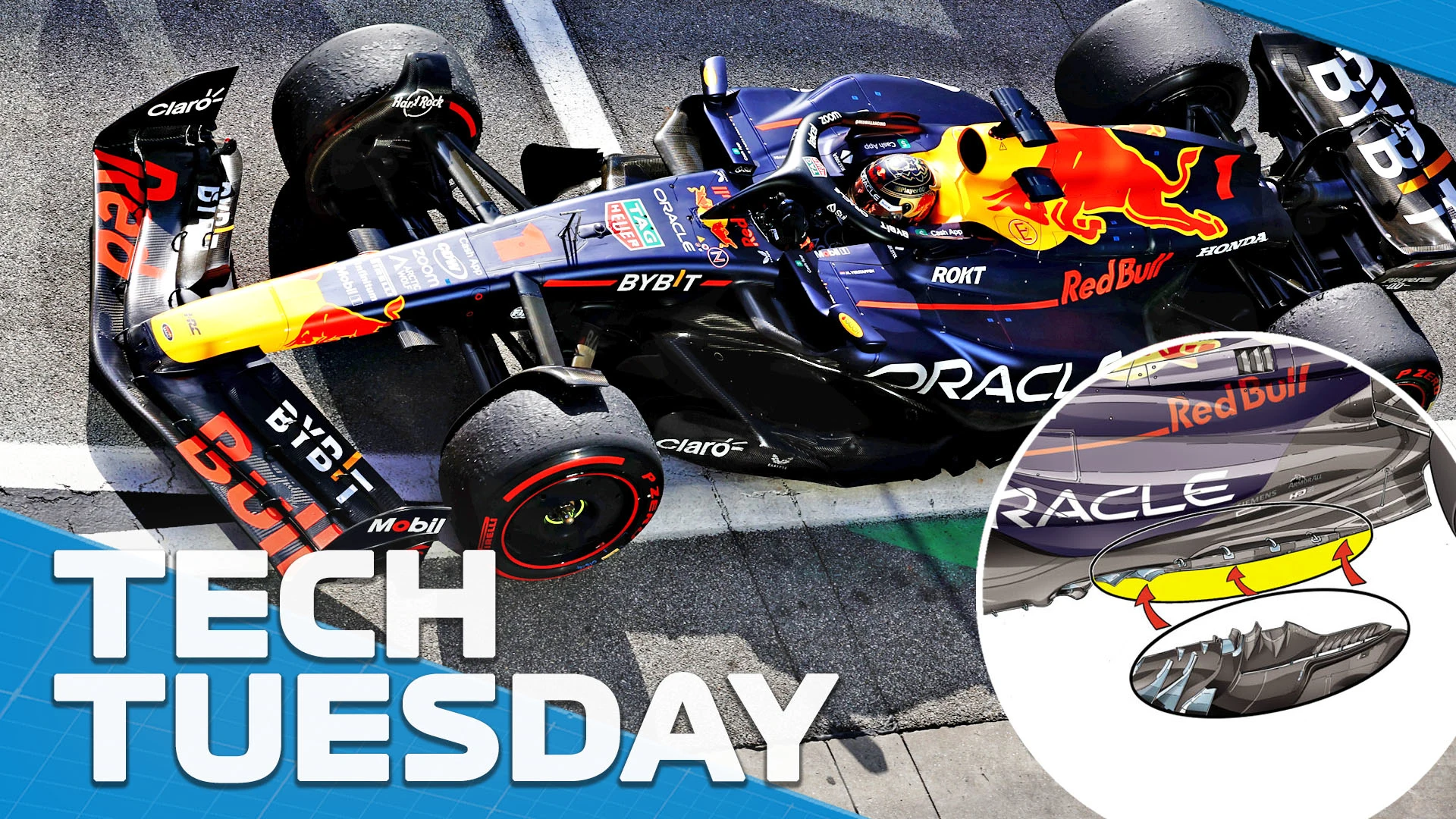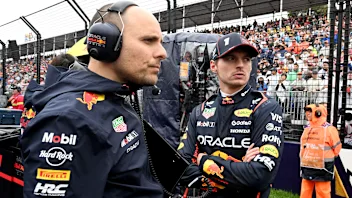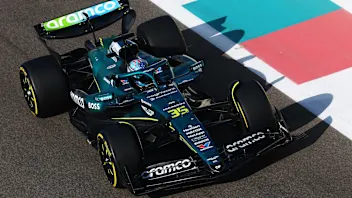TECH TUESDAY: The technological gift that keeps on giving – More design genius uncovered on the Red Bull RB19

At almost every race another detail of the Red Bull RB19 emerges which just underlines the sophistication of the car’s aerodynamics.
We have already revealed here the car’s vee-shape chassis (new for this year), the stepped roof of its diffuser which is believed to contribute to the DRS boost, and the intricately-shaped underfloor.
TECH TUESDAY: Is this the small design detail behind Red Bull’s massive advantage in 2023?
This is all in addition to its extreme anti-dive front/anti-squat rear suspension, which gives super-tight control of the aerodynamic platform. In these Giogio Piola drawings we see a further detail of the underfloor contributing to the car’s aerodynamic performance.
Next Up
Related Articles
 Verstappen pays tribute to Lambiase after ‘emotional year’
Verstappen pays tribute to Lambiase after ‘emotional year’ Tsunoda's best moments in F1 as he departs the grid
Tsunoda's best moments in F1 as he departs the grid Crawford sets the pace at Abu Dhabi post-season test
Crawford sets the pace at Abu Dhabi post-season test Getting to know the real Esteban Ocon
Getting to know the real Esteban Ocon 3 inspiring individuals share their paths to working in F1
3 inspiring individuals share their paths to working in F1 Hulkenberg pleased to score points in Sauber’s final race
Hulkenberg pleased to score points in Sauber’s final race
